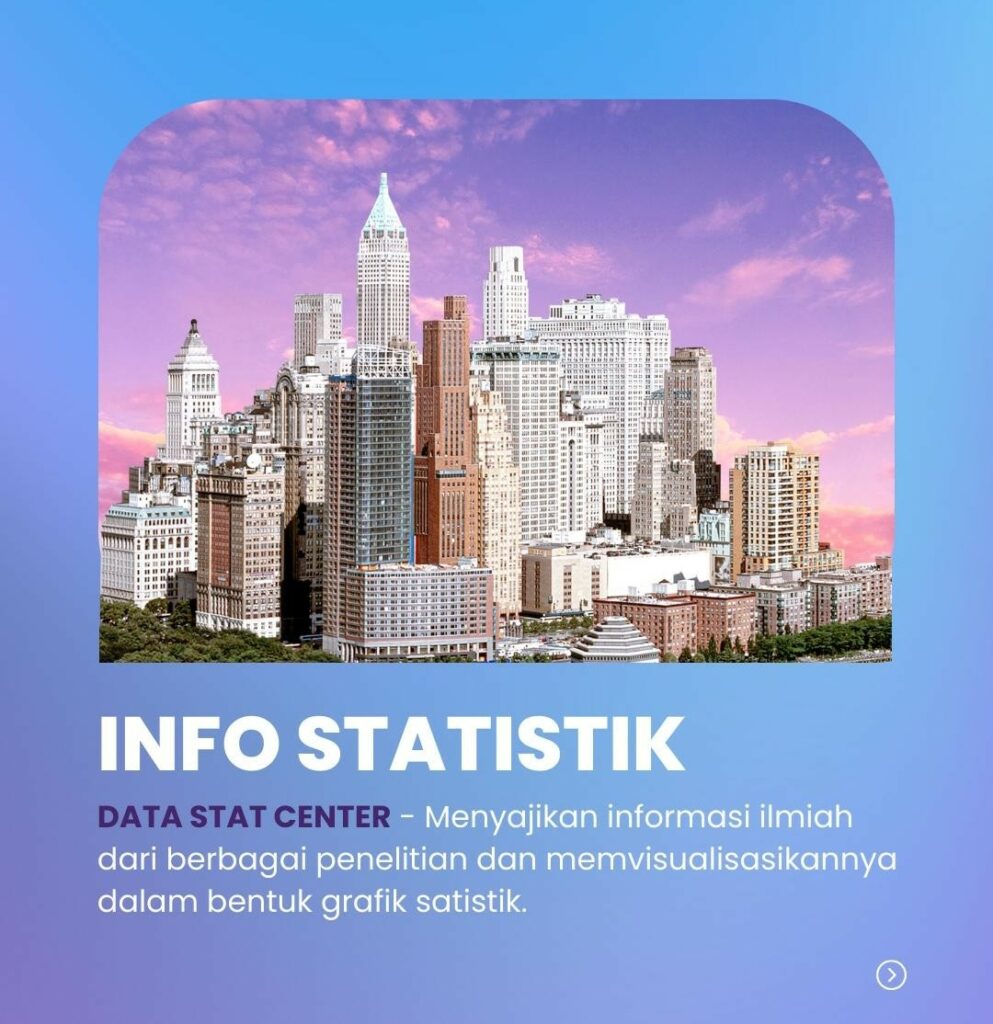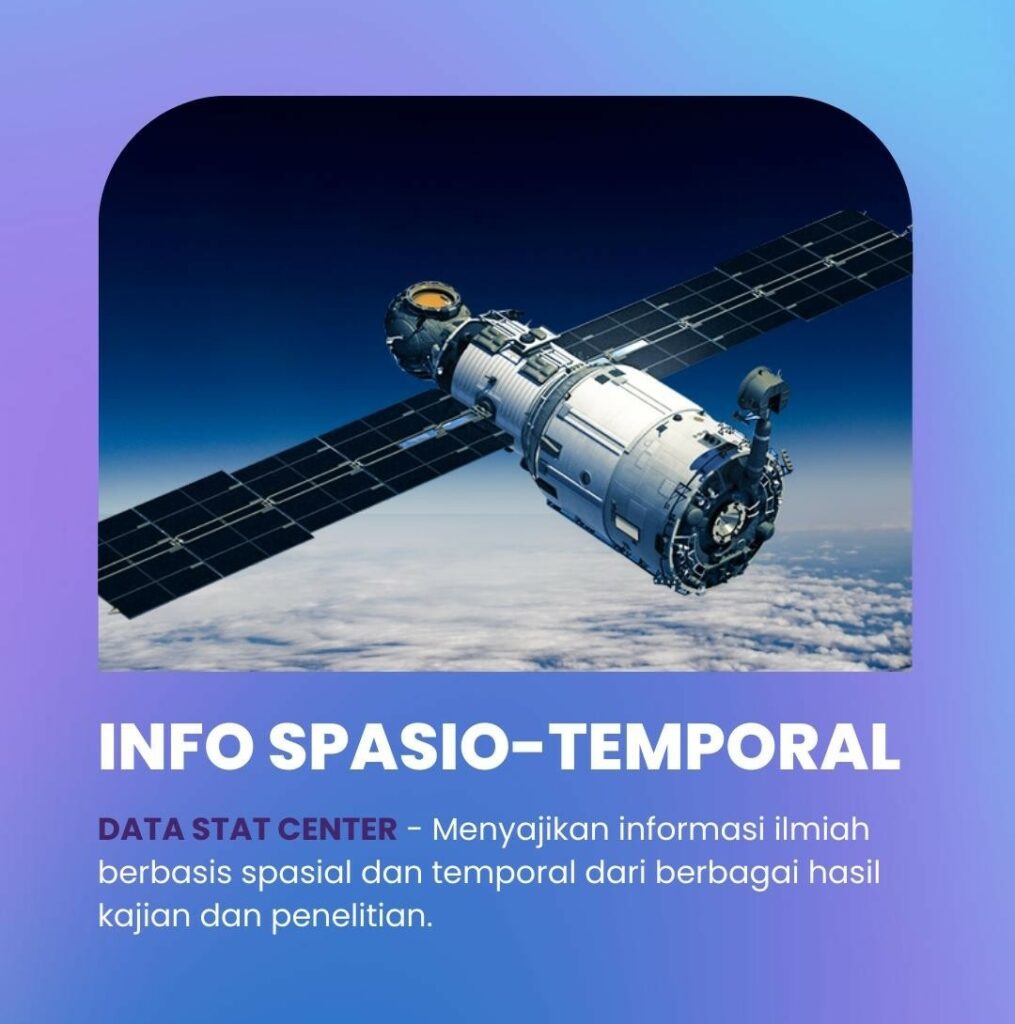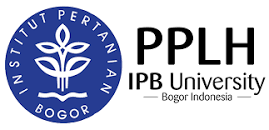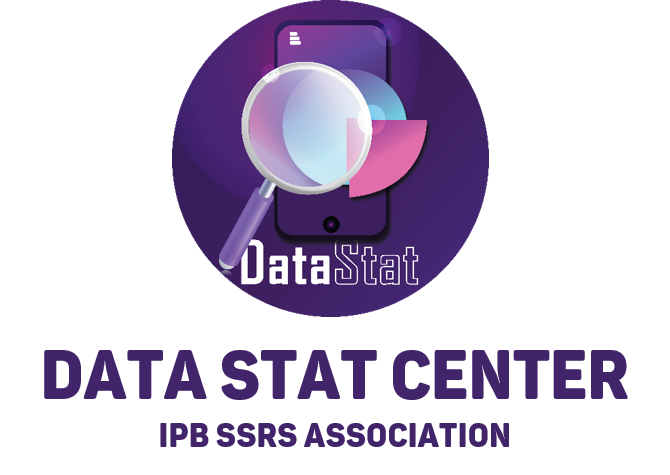Statistics Program – V6 Sequestration Intensity of Blue Carbon

Taking advantage of blue carbon (BC) has been one strategy to mitigate and adapt to global climate change through carbon capture and storage (CCS) in both living and non-living biomass. The ocean has a vast capacity for carbon sequestration, comprising nearly half of the total global CCS.
The current BC definition is limiting effective carbon capture actions and should be broadened by the incorporation of other promising marine photosynthetic plants into BC strategies for CCS, such as seaweeds (macroalgae), coral reefs, and microalgae. These plants have been ignored in BC sinks due to an ongoing controversy about whether they represent a net sink for CO2.
The current habitation areas of coastal BC plants are limited and declining over time; therefore, in future, it is critical to establish a new biological monitoring system and associated measurement standards to evaluate and promote the CCS capacities of these old and new BC sinks.
.
Source by:
[1] Chen Y, Xu C. 2020. Exploring new blue carbon plants for sustainable ecosystems. Trends in Plant Science. 25(11):1-4. DOI:10.1016/j.tplants.2020.07.016
[2] IUCN & Conservation International. 2022. Options for Strengthening Action on The Ocean and Coasts Under the UNFCCC.
.
Edited by Aulia Ulfa – Directorate of Scientific Publication Media, Innovation, and Strategic Information & Lenny Eka – Data Stat Center Editorial Team
CP: +6282334785691
.
Long life research Indonesia!
—-
6/D/27/10/21
#bluecarbon
#infographic
#datastatcenter
#ipbssrsassocation
Directorate of Scientific Publication Media, Innovation, and Strategic Information
IPB SSRS Association
Instagram : @data_stat
Email : datastat-ssrs@apps.ipb.ac.id
Contact person : Lenny (@sheis.lenka)









